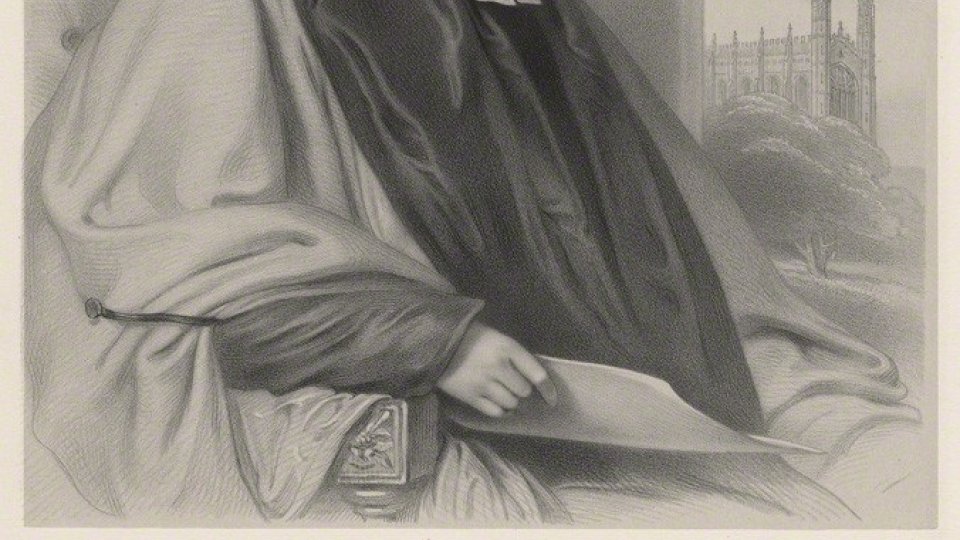The date traditionally given for Shakespeare’s birth is 23 April 1564. The son of leatherworker John Shakespeare, who was one of the leading citizens in Stratford, William is likely to have been educated at Stratford grammar school. Aged 18, he married Anne Hathaway in 1582 when she was 26, and within ten years (by 1592) was an established London actor and playwright. For the next twenty years Shakespeare had multiple roles in the London theatre as an actor, playwright and, later a business partner in a major acting company, the Lord Chamberlain’s Men. Shakespeare gradually became so famous that his name started to be included on later editions of quartos of his plays, having been recognised as a selling point. He died on April 23rd 1616 with the cause of death remaining unknown.
First Folio (1623)
King’s College’s First Folio (1623) is one of only 234 known surviving copies. The importance of this book cannot be overstated. Eighteen plays, including The Tempest, As You Like It, Twelfth Night, The Taming of the Shrew, Macbeth, Antony and Cleopatra, and Julius Caesar were printed here for the first time, and may have been lost otherwise. It contains 36 plays, arranged into comedies, histories and tragedies. The popularity of the volume is attested by the fact it was reprinted three times during the 17th century.
Second Folio (1632)
The Second Folio was published in 1632 and contained the same material as the First Folio, with the addition of an unsigned poem by John Milton. There were significant changes to the language with almost 1,700 alterations. The book was printed by Thomas Cotes. Each copy of the Second Folio listed in the colophon the five publishers involved in the issuing of the volume: Richard Hawkins, John Smethwick, William Aspley, Robert Allot, and Richard Meighen. The King’s College copy has the very rare Hawkins imprint. The Third Folio was issued in 1663. Philip Chetwinde, who had obtained rights to the book, added seven play: Pericles, Prince of Tyre; Locrine; The London Prodigal; The Puritan; Sir John Oldcastle; Thomas Cromwell and A Yorkshire Tragedy. These plays had been published as quartos during Shakespeare’s life but only Pericles has come to be accepted as Shakespeare’s own work. The relative rareness of the Third Folio can be attributed to the fact that unsold copies were destroyed in the Great Fire of London in 1666.
Second Folio (1632) cont.
Fourth Folio (1685)
Published in 1685 by R Bentley, E Brewster, R Chiswell and H Herringman, the Fourth Folio contains the same 43 plays as the Third Folio. It served as the base text for many eighteenth-century editions of Shakespeare’s plays.
The Quartos
The first quarto editions of Shakespeare’s early plays appeared in 1594. The folio format was reserved for luxury volumes because of the expense involved in creating one. During Shakespeare’s lifetime, stage plays were not generally considered to be high level literature and were not collected into folios. Instead, the plays printed while he was alive were printed as quartos. The first English playwright to create a Folio of his work was Ben Jonson in 1616, the year in which Shakespeare died.
Shakespeare in the 19th Century
Provost Thackeray, from whose library the First, Second and Fourth Folios described above came, also owned other Shakespeare material publisehd in the nineteenth century. The first, a reprint or first facsimile copy of the First Folio dating from 1807, indicates the level of interest in the publication at that time. Equally interesting is his copy of Thomas Bowdler's The Family Shakespeare, first published in 1807, in which 'those words and expressions are omitted which cannot with propriety be read allowed in a family'. Hence the word 'bowdlerise'.
